Sameh Tawfick
Automated Segmentation and Analysis of Microscopy Images of Laser Powder Bed Fusion Melt Tracks
Sep 26, 2024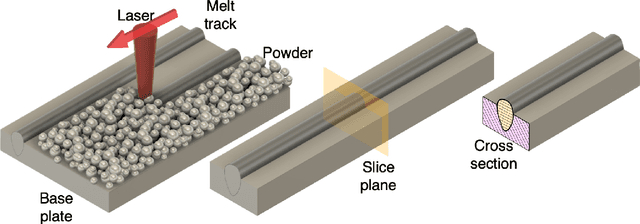
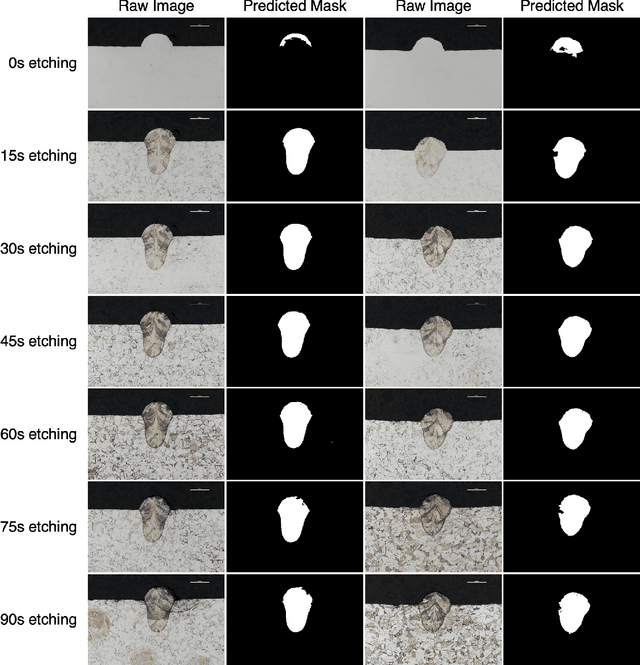
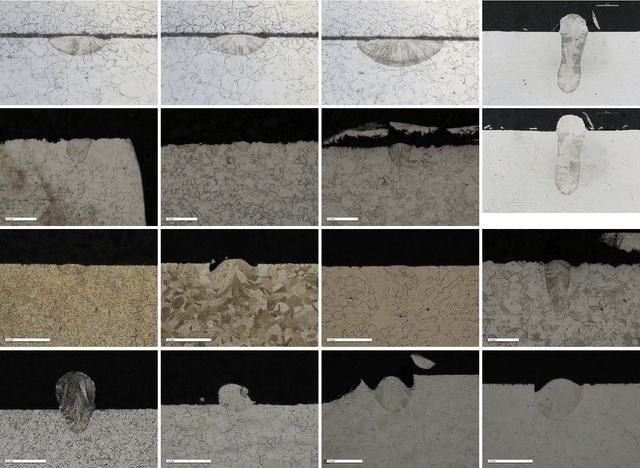
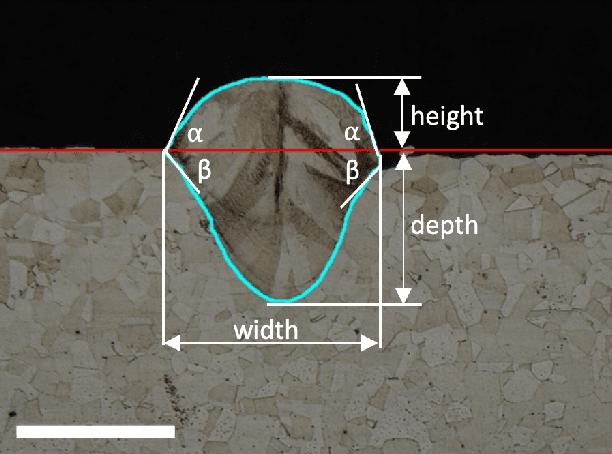
Abstract:With the increasing adoption of metal additive manufacturing (AM), researchers and practitioners are turning to data-driven approaches to optimise printing conditions. Cross-sectional images of melt tracks provide valuable information for tuning process parameters, developing parameter scaling data, and identifying defects. Here we present an image segmentation neural network that automatically identifies and measures melt track dimensions from a cross-section image. We use a U-Net architecture to train on a data set of 62 pre-labelled images obtained from different labs, machines, and materials coupled with image augmentation. When neural network hyperparameters such as batch size and learning rate are properly tuned, the learned model shows an accuracy for classification of over 99% and an F1 score over 90%. The neural network exhibits robustness when tested on images captured by various users, printed on different machines, and acquired using different microscopes. A post-processing module extracts the height and width of the melt pool, and the wetting angles. We discuss opportunities to improve model performance and avenues for transfer learning, such as extension to other AM processes such as directed energy deposition.
Design, Dynamics, and Dissipation of a Torsional-Magnetic Spring Mechanism
Dec 27, 2021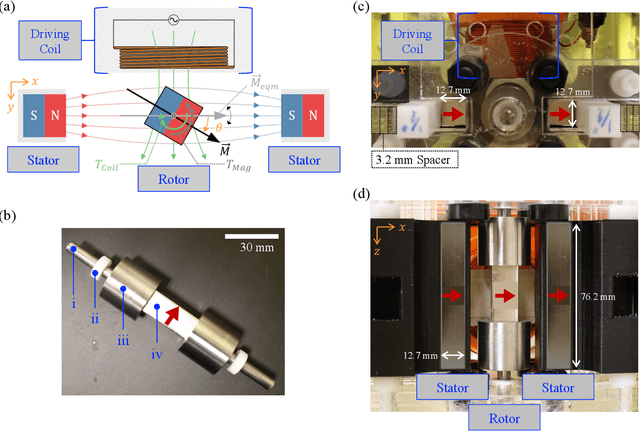

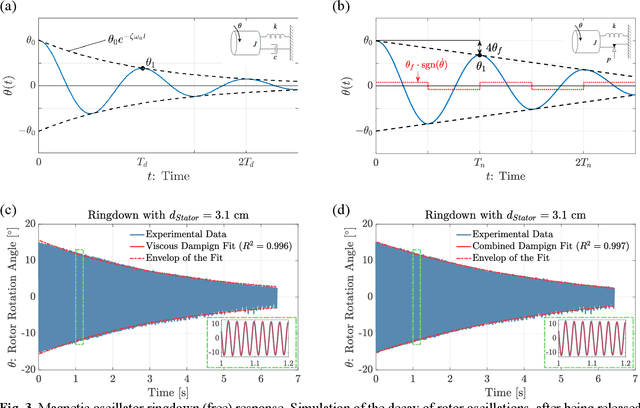
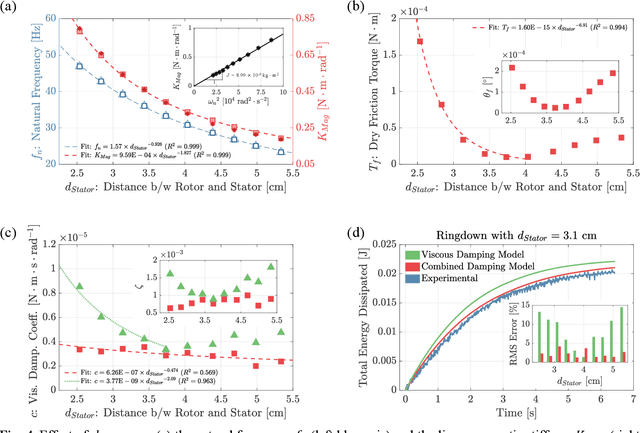
Abstract:We present an analytical and experimental study of torsional magnetic mechanism where the restoring torque is due to magnetic field interactions between rotating and fixed permanent magnets. The oscillator consists of a ball bearing-supported permanent magnet, called the rotor, placed between two fixed permanent magnets called the stators. Perturbing the rotor from its equilibrium angle induces a restoring magnetic torque whose effect is modeled as a torsional spring. This restoring effect is accompanied by dissipation mechanisms arising from structural viscoelasticity, air and electromagnetic damping, as well as friction in the ball bearings. To investigate the system dynamics, we constructed an experimental setup capable of mechanical, electrical and magnetic measurements. For various rotor-stator gaps in this setup, we validated an analytical model that assumes viscous and dry (Coulomb) damping during the rotor free response. Moreover, we forced the rotor by a neighboring electromagnetic coil into high amplitude oscillations. We observed unusual resonator nonlinearity: at large rotor-stator gaps, the oscillations are softening; at reduced gaps, the oscillations stiffen-then-soften. The developed reduced-order models capture the nonlinear effects of the rotor-to-stator and the rotor-to-coil distances. These magnetic oscillators are promising in low-frequency electromagnetic signal transmission and in designing magneto-elastic metamaterials with tailorable nonlinearity.
 Add to Chrome
Add to Chrome Add to Firefox
Add to Firefox Add to Edge
Add to Edge